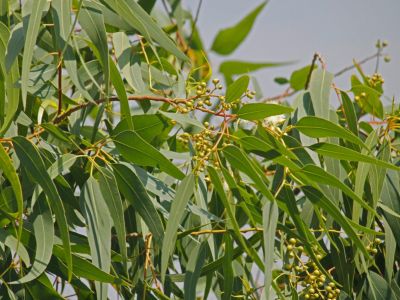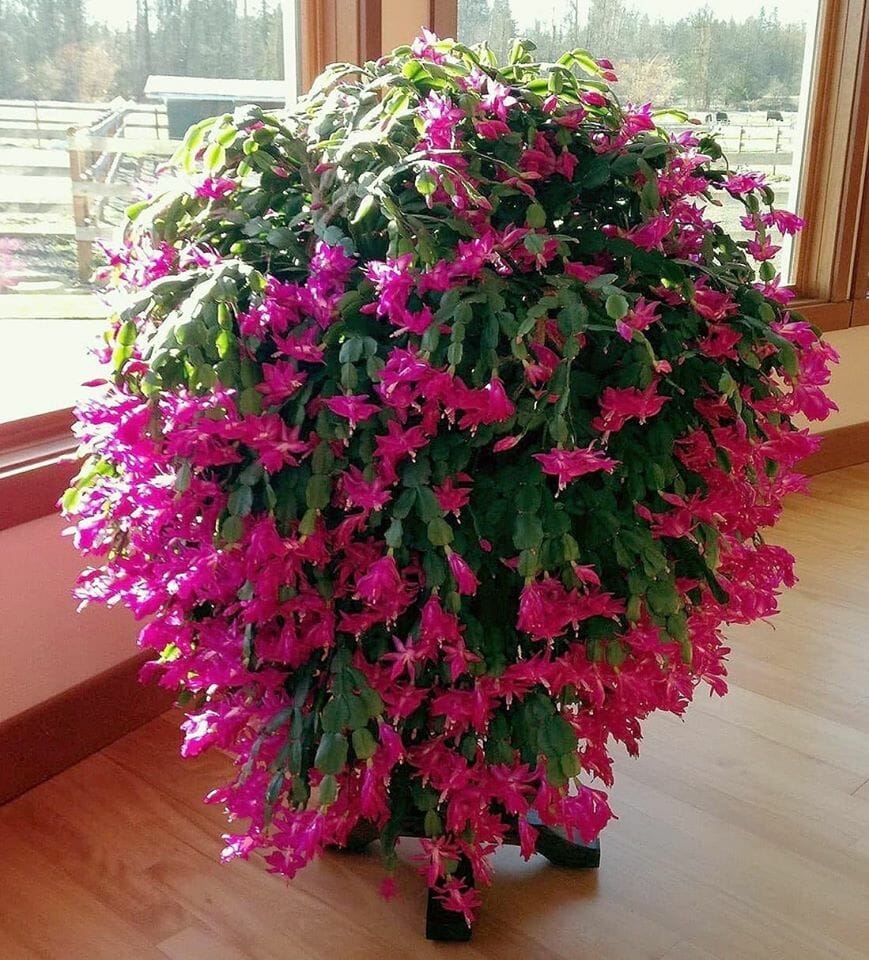How To Grow And Care For A Eucalyptus Plant
Lemons and eucalyptus - two things that don't seem to go together, right? Wrong! Introducing the Lemon Eucalyptus, the perfect addition to any garden for those looking for a fresh scent and unique foliage. Here's everything you need to know about caring for this funky plant.

Plant Attributes
The Lemon Eucalyptus, also known as Corymbia citriodora, is a medium-sized tree that can reach heights of up to 50 feet. Its leaves are long and narrow, with a glossy green color and a lemony scent, hence the name. In the summer, the tree produces small white flowers that add to its charm.
One of the great things about the Lemon Eucalyptus is its ability to repel mosquitoes, due to the presence of citronellal in its leaves. So not only does it look and smell great, it also serves as a natural insect repellent.
Plant Care
The Lemon Eucalyptus is a relatively low-maintenance plant, as long as you give it the proper care it needs. Here are some tips for keeping your tree healthy and happy:
- Light: The Lemon Eucalyptus prefers full sunlight, so make sure it is planted in a spot that gets at least six hours of direct sunlight per day.
- Water: Water your tree weekly, and more frequently during hot, dry weather. Make sure the soil is moist but not waterlogged.
- Fertilizer: Feed your Lemon Eucalyptus with a balanced fertilizer every spring and summer to keep it growing strong.
- Pruning: Prune your tree in the winter or early spring to keep its shape and remove any dead or damaged branches.
Pruning
Pruning your Lemon Eucalyptus is an important part of its care to ensure it stays healthy and looking good. Here are some tips for pruning your tree:
- Timing: Prune your tree in the winter or early spring, before new growth begins.
- Tools: Use a sharp, clean pair of pruning shears or loppers.
- Technique: Remove any dead or damaged branches, as well as any that are crossing or rubbing against each other. Try to maintain the tree's natural shape as much as possible.
Propagation
If you want to propagate your Lemon Eucalyptus, you can do so by taking a cutting from a healthy tree and rooting it in water or soil. Here's how:
- Cuttings: Take a cutting of a healthy branch that is at least six inches long, and remove the leaves from the bottom half.
- Water: Place the cutting in a jar of water or in a pot of moist soil. Keep the soil or water moist, and make sure the cutting gets plenty of sunlight.
- Rooting: After a few weeks, the cutting should start to develop roots. Once the roots are a few inches long, you can transplant the new plant into a pot or directly into the ground.
Potting & Repotting
If you choose to grow your Lemon Eucalyptus in a container, make sure it has plenty of room to grow - this tree can get pretty big! As it grows, you may need to repot it to provide it with more space. Here are some tips for potting and repotting your tree:
- Pot: Choose a large, sturdy pot with drainage holes in the bottom.
- Soil: Use a high-quality potting mix that is well-draining.
- Repotting: Repot your tree every two to three years, or when it outgrows its current pot. Gently remove the tree from its current pot, loosen the roots, and plant it in its new pot with fresh potting mix.
Common Pests & Plant Disease
The Lemon Eucalyptus is generally resistant to pests and diseases, but there are a few things to watch out for:
- Psyllids: These tiny insects can damage the leaves of the tree. Treat with neem oil or insecticidal soap.
- Mycoplasma: This bacterial disease can cause yellowing and stunting of the tree. There is no cure, so infected trees should be removed and destroyed.
- Root Rot: Overwatering can cause root rot, which can be fatal to the tree. Make sure the soil is well-draining and don't water too frequently.
Common Problems
While the Lemon Eucalyptus is generally a hardy tree, there are a few common problems to watch out for:
- Yellow Leaves: Yellow leaves can be a sign of overwatering, underwatering, or nutrient deficiencies. Make sure your tree is getting the proper care and adjust as needed.
- Droopy Leaves: Droopy leaves can also be a sign of overwatering or underwatering. Make sure the soil is moist but not waterlogged.
- Insect Damage: As mentioned, psyllids can damage the leaves of the tree. Keep an eye out for any signs of insect activity and treat as needed.
There you have it - everything you need to know about caring for your Lemon Eucalyptus. With its unique scent and natural insect-repelling properties, this funky tree is sure to be a favorite in any garden.
:max_bytes(150000):strip_icc()/GettyImages-625989148-c66e9e6adaef46419e508b9a80a3492b.jpg)


Post a Comment for "How To Grow And Care For A Eucalyptus Plant"